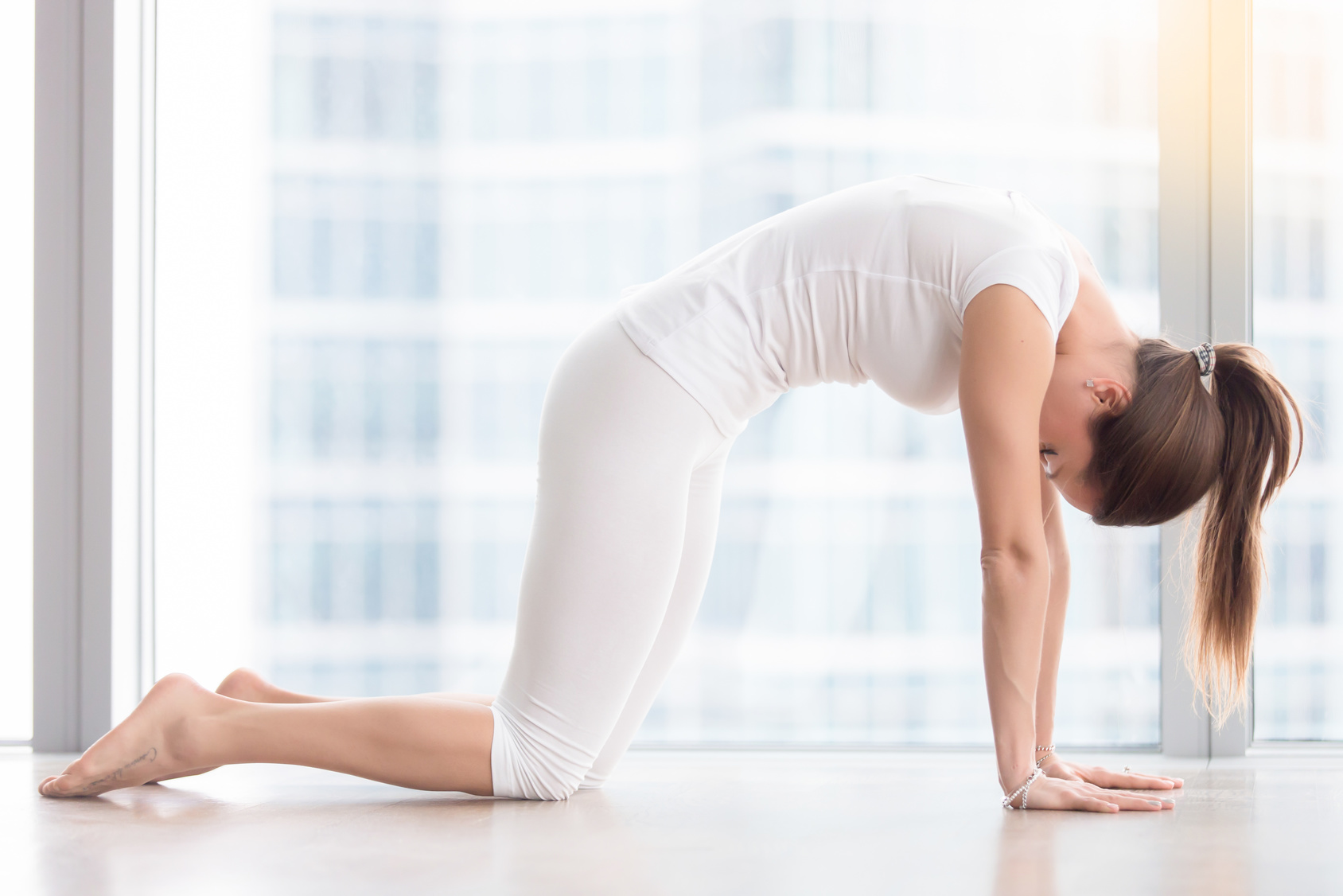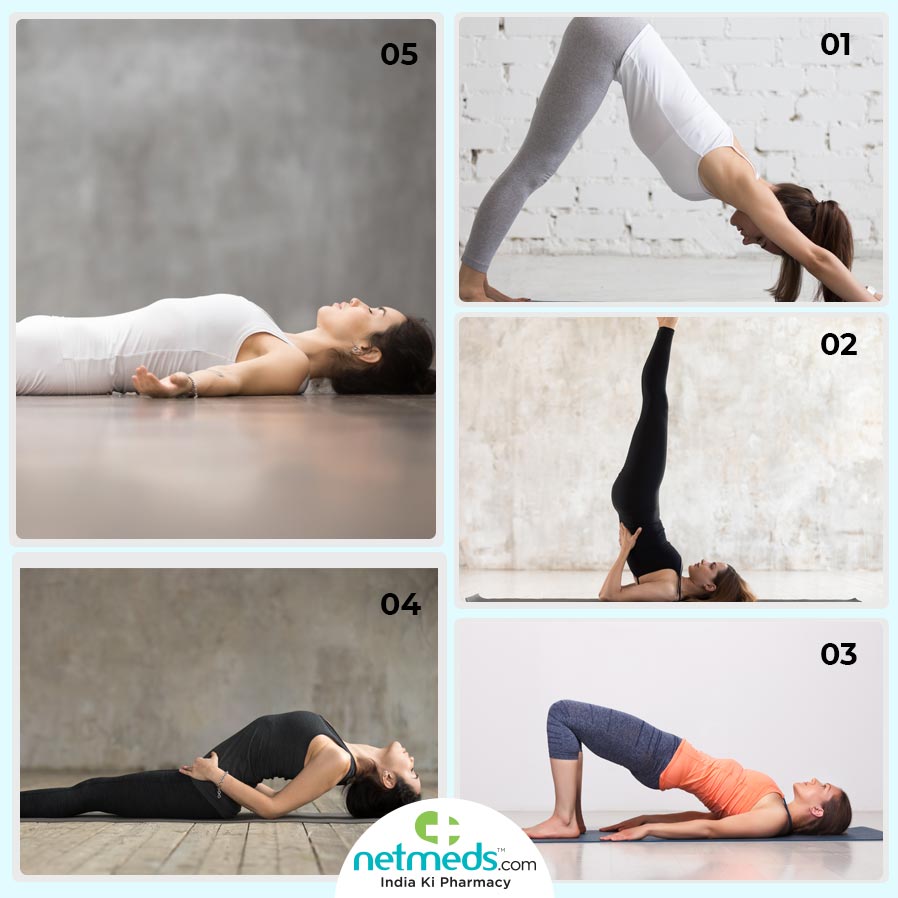
What does yoga mean for you? Yoga is an ancient form of meditation that can take many forms. Some are more physical than others. Here, we will explore Hatha yoga, Karma yoga, Jnana yoga, and Raja yoga. You might be surprised to discover that yoga has many mental health benefits. Below are some details about the various styles of yoga. There is a yoga for every person!
Hatha yoga
In ancient times, Hatha Yoga was considered a secret practice, practiced only by monks and males of the priestly caste. Many mystical stories were told about yoga practices. As yoga gained popularity in India, monks began demonstrating asanas at public events. British photographers published photos of monks performing the poses. Hatha Yoga was popularized. It was popularized in many countries, including the United States.
Karma yoga
What is Karma Yoga, exactly? It is action motivated from necessity. Farmers, for example, feel the need to cultivate their land because they depend on it for food. This helps to feed their families and communities. Similar to the story of Arjuna, Krishna teaches us that karma Yoga is doing dharma without thinking about reward or punishment. A farmer is an example karma yoga practitioner.
Jnana yoga
Jnana yoga refers to a practice that aims at self-realization and self knowledge. It is also known by the name jna-mrga or "the path towards knowledge". The practice of JNA yoga is distinct from other forms such as karma and bhakti. Jna yoga emphasizes self-knowledge and the importance of "realizing your true self" in addition to focusing upon self-knowledge.

Raja yoga
Yoga is more than just a physical practice. It also has a mental meaning. To reach a deep state of meditation, it takes disciplined thinking. The yogi has to be aware of his or her thoughts and emotions, and must learn to accept and renounce them. Positive thinking is important for yogis. They must also think positively about themselves and others. To help achieve a deep sense and meaning, the yogi must be able to forgive others.
Jnana yogic practices
Jnana Yoga yogic practices are focused on the relationship between body and mind. Jnanis realize that their bodies are mere containers for mental, emotional, and physical phenomena, and that they are not the sources of these phenomena. They practice meditating in the Atman's deep stillness and being present to the world around. This knowledge helps jnanis discern the ego and the true selves, and allows them to achieve mental as well as emotional stability. Jnana yoga can be practiced only if you have completed Hatha yoga, Karma and Bhakti. These practices cleanse the mind and the body, while Jnana Yoga yogic practices heals your heart.
Jnana yogic meditation
The goal of Jnana Yoga is to achieve Self-realization. Yogis in this form of yoga seek transcendent knowledge. They may feel detached from their emotional and physical problems as well as the desire to attain yoga fruits or psychic powers. This state of detached consciousness is easy for beginners to misunderstand. In this state, the individual may become unable to separate himself from his body and mind, which is closer to autism.
Jnana yogic practice
Jnana Yoga is a spiritual practice where you become aware of the nature of your being. Jnana Yoga can be challenging. One of these is the overcoming discrimination. You will also learn to question duality's existence in this stage. The Atman is a deep stillness that does not change or undergo emotions. You can also learn to relax in this stage. Do not rush.
Samadhi
There are many ways to define samadhi. These vary depending on how advanced one is and what type of samadhi they have achieved. Samadhi, in Hinduism means a state of greatness and emptiness. This experience is often sought after. It is Hinduism's experience Brahman (or all that is) samadhi. There are ten types, starting with ananda which is the awareness of standards and ending with Kaivalya which is all that there is.

Self-discovery
Meditation is one method to understand the idea that Yoga is about self discovery. During meditation, you will practice visualizing yourself as your most wonderful self. This will help to identify your true identity, and what makes you happy. This exercise is especially beneficial for people who are new to the practice. These prompts can be followed along with your yoga practice. These tips will help guide you to your best self. You will also find that your yoga practice is more effective if you add journaling.
Purification
The purification of the elements is at the heart of yoga. The elements can be cleansed to create harmony between the mind and the body. An unpurified element causes ailments that can range from mild to severe, depending on the level of impurity. These can be either physical or mental. Yoga purification can help the body heal from these conditions. Purification includes toning and cleansing the body.
FAQ
What are the best types of yoga mats?
There are many kinds of yoga mats. You can pick one based on price, size, and endurance.
A high quality mat will not only protect your floor from scratches but also be thin enough to allow you to move quickly.
You may find that a cheap mat does not provide enough support.
Where can you find a certified yoga teacher?
Local yoga teachers are available. You can also search online for a qualified yoga teacher if you don't live in a nearby area. A yoga class that offers online registration might be worth your consideration.
How does yoga influence mental health?
Yoga originated in India and is an ancient form of meditation. It was used by people to relax and reduce stress. Yoga is used by many people to cope with anxiety, panic attacks or chronic pain.
Yoga may improve physical symptoms like backaches, arthritis and headaches. People who practice yoga report feeling happier and calmer.
What is the difference between yoga and pilates?
Both pilates, and yoga, are both effective exercise programs. However they work differently. Both are based upon stretching, but yoga focuses more on strengthening your core muscles and building strength.
Pilates emphasizes strengthening your core muscles as well as improving your balance. You can also use yoga to supplement pilates classes.
Statistics
- A 2020 review of 27 studies (1,805 total participants) of yoga interventions in children or adolescents found reductions in anxiety or depression in 70 percent of the studies, with more promising results for anxiety. (nccih.nih.gov)
- According to the Agency for Healthcare Research and Quality, falls are incredibly common among older adults in nursing facilities. Even the simplest ones can increase the risk of death (24). (healthline.com)
- In comparison, a 125-pound person is estimated to burn 135 calories in 30 minutes of walking (at a pace of 15-minute miles) and 210 calories bicycling at a moderate pace on a stationary bike. (everydayhealth.com)
- According to calorie estimates calculated at Harvard Medical School, the average 125-pound person burns about 120 calories in a half hour of hatha yoga, and a 185-pound person burns about 178 calories in that half hour. (everydayhealth.com)
- The people in the yoga group were 37 percent more likely to have quit smoking by the end of the 8-week program. (nccih.nih.gov)
External Links
How To
Is yoga a good method to lose weight
You need to know what yoga is before you can answer this question. Yoga is an ancient form of exercise that originated in India. It was created by Indian yogis who were interested in spiritual awakening and physical fitness.
Yoga focuses on stretching and strengthening muscles while simultaneously relaxing the mind and body. The goal is to relax completely and be free from anxiety or stress. Meditation and breathing techniques are two ways to achieve this state of relaxation.
Yoga involves many postures, or poses. These are meant to stretch and strengthen certain muscle groups. These poses are usually held for several minutes at a time. These poses may include rhythmic movements like slow walking, jumping or moving through the mud.
The goal of yoga not to burn calories, but to increase energy is the main objective. As a result, most people who engage in yoga can maintain a healthy weight.
You will notice a difference in your ability to relax when you practice yoga. You'll experience a shift in your moods and be more comfortable sleeping.
You will look younger because your skin will glow.
Many people notice a decrease in blood pressure once they begin yoga.
Another study has shown that yoga helps to reduce the symptoms of depression.
It is important to remember that yoga doesn't work the same way as other types of exercise. Instead, yoga increases oxygen circulation throughout the body. This allows the brain's to relax and release endorphins that trigger feelings such as happiness and pleasure.
It is important to note that weight loss may be a problem for some people because of their genes. If this is you, you might want to avoid yoga until your goal weight.